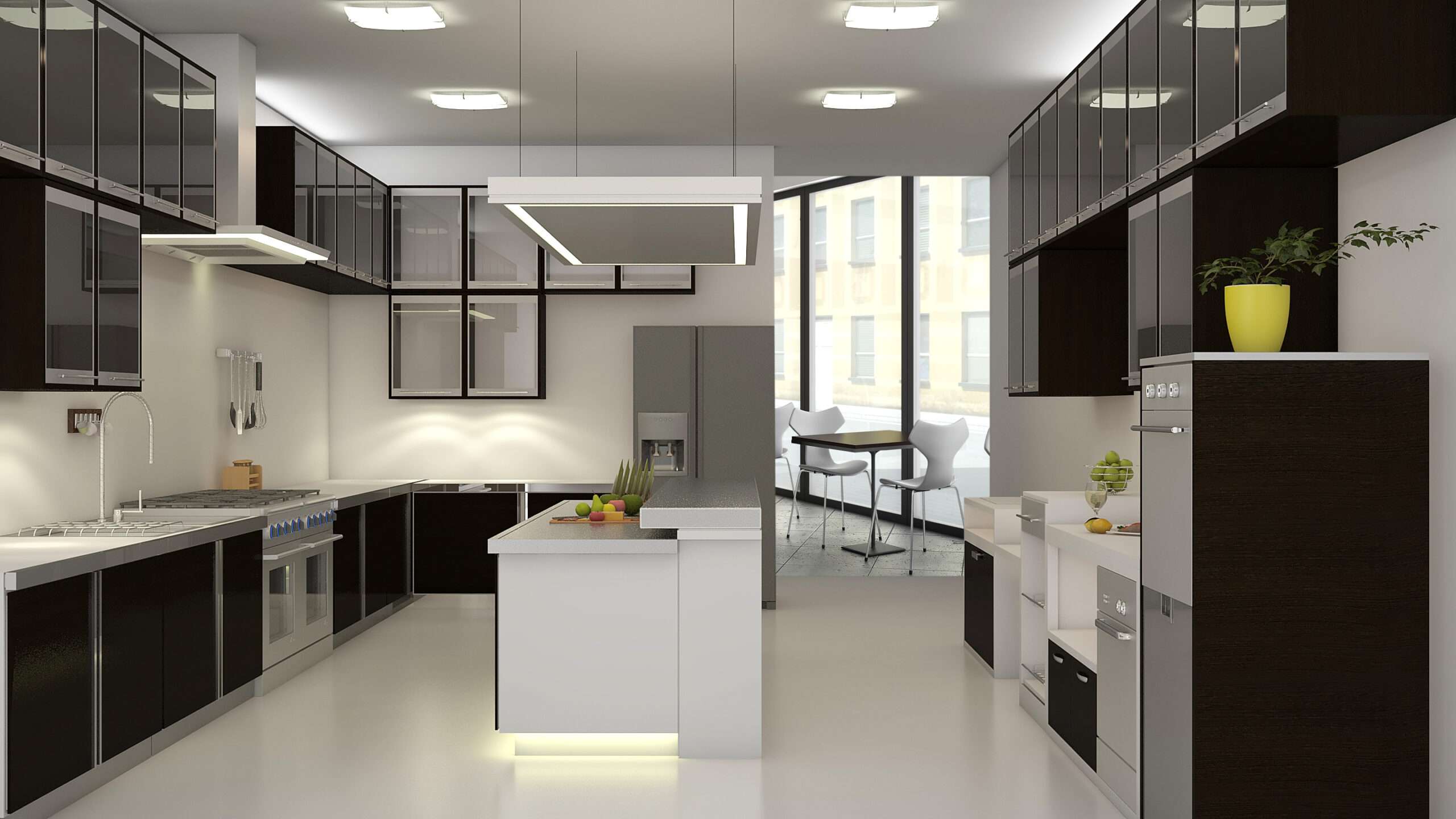Commercial Kitchen Cleaning Maintenance: Little-known Tips
As a restaurant owner or manager, you probably already know how important it is to keep your commercial kitchen clean. Not only does it promote a safe, healthy environment for your staff and customers, but it’s also required by law in most states. However, many restaurants still struggle with maintaining proper cleaning practices due to time constraints, lack of resources, or simply not knowing the best methods.
Let’s explore some little-known tips for maintaining a clean and healthy kitchen that go beyond the basic cleaning practices you may already be familiar with. By implementing these techniques, you can improve the overall cleanliness of your restaurant and create a safer environment for everyone.
Importance of Commercial Kitchen Cleaning Maintenance
First and foremost, commercial kitchen cleaning maintenance helps prevent the spread of harmful bacteria and viruses that can cause foodborne illnesses. These illnesses can result in serious health complications for customers and legal issues for your business.
In addition to preventing illnesses, regular cleaning also helps extend the life of your equipment and reduces the risk of fires caused by built-up grease and debris. It also creates a more pleasant work environment for your staff.
While most restaurants have some cleaning plan in place, it’s important to ensure that all areas are being properly cleaned on a regular basis. This includes floors, walls, appliances, utensils—anything that comes into contact with food or could potentially harbor bacteria or other contaminants.
Little Known Tips for Maintaining a Clean and Healthy Kitchen
Deep Cleaning Techniques
Keeping a commercial kitchen clean requires more than just wiping down surfaces and sweeping the floors. Deep cleaning is essential to maintaining a healthy environment for food preparation.
Two little-known techniques that can be highly effective are steam cleaning and enzyme-based cleaners. Steam cleaners use high-pressure steam to sanitize surfaces.
They are particularly useful in areas that are difficult to clean, such as grout lines between tiles and around kitchen equipment. The high temperature of the steam kills bacteria, viruses, and other germs without using harsh chemicals that can damage surfaces or leave residues that could contaminate food.
Enzyme-based cleaners are another effective deep-cleaning technique. These cleaners use enzymes to break down grease and grime on surfaces such as walls, floors, and equipment.
They effectively remove built-up dirt that can harbor bacteria and other contaminants. Enzyme-based cleaners are safe on most surfaces but should be used cautiously on aluminum or other soft metals.
Proper Equipment Maintenance
Proper maintenance of kitchen equipment is essential for keeping it clean and functioning properly. Regular cleaning of equipment helps prevent food contamination, reduce the risk of fire or electrical hazards, extend the life of the equipment, and maintain its performance. Cleaning should be done regularly with hot water and detergents specifically designed for kitchen equipment.
Sanitizing agents should also be used to kill any remaining bacteria after cleaning. Checking for wear and tear on critical parts like seals, hinges, gaskets, and motors is also important because they can lead to inefficiency in your commercial kitchen operations when they malfunction, which could affect both productivity and profitability.
Staff Training and Education
Proper training of staff is crucial in maintaining a clean commercial kitchen environment. Staff training should provide guidance on proper cleaning techniques, including the use of approved cleaning and sanitizing agents. Staff should also be trained on what to do if they notice any issues or concerns.
For example, if a staff member notices a leak in the plumbing system or an equipment malfunction, they should report it immediately to avoid potential hazards and further damage. In addition to training, staff should also be encouraged to take personal responsibility for keeping the kitchen clean.
This can include reminders about the importance of regular cleaning and sanitizing and incentives for maintaining a clean workspace. By implementing these little-known tips for maintaining a clean and healthy commercial kitchen environment, you can help prevent food contamination, ensure compliance with health and safety regulations, and extend the life of your equipment while creating happier staff that’s more inclined to stick around for longer, knowing their workplace is hygienic.
Cleaning Hard-to-reach Areas
Where the Dirt Hides
Cleaning behind appliances and under counters is crucial to maintaining a clean and healthy kitchen. Unfortunately, these areas are often overlooked or neglected because they can be difficult to access. However, ignoring them can lead to a buildup of dirt, grease, and food particles that can attract pests and create an unsanitary environment.
To address this issue, developing a system for regularly cleaning hard-to-reach areas is essential. First, move the appliances away from the wall to access the space behind them.
Use a vacuum cleaner with an extension hose to remove any loose debris or dust. Then, wipe down the surfaces with a damp cloth or sponge with warm soapy water.
Be sure to get into all the nooks and crannies and thoroughly clean any visible grease or grime. You’ll need to get on your hands and knees for under-counter areas.
Start by removing everything from under the counter so you can see what’s there. Use a vacuum cleaner with a crevice tool attachment to remove any debris or dust before wiping down surfaces with warm soapy water as before.
Preventing Cross-contamination
Raw Meat Handling 101
Cross-contamination occurs when harmful bacteria are transferred from one surface or food source to another. This can happen easily in commercial kitchens where raw meats and other foods containing pathogens like Salmonella or E.coli are frequently handled. To prevent cross-contamination in your kitchen, first designate separate cutting boards for different types of foods (meat, vegetables etc.).
It is important to maintain cleanliness by washing the kitchen tools in hot soapy water after every use. While handling raw meat, ensure to wash your hands thoroughly before touching any other food, utensil, or surface in the kitchen.
After handling raw meat, always sanitize your hands with an alcohol-based hand sanitizer or wash them with hot soapy water. Be sure to store meat on the bottom shelf of your fridge to prevent any drips from contaminating other foods.
Maintaining Air Quality in the Kitchen
Breathe Easy with These Tips
Air quality is crucial to maintaining a clean and healthy commercial kitchen. Poor air quality can lead to employee health concerns, foul odors, and food spoilage.
To ensure that the air in your kitchen is as clean as possible: Start by regularly cleaning your HVAC system’s filters.
This will prevent dust and debris from accumulating in the system and improve air circulation. Keep windows open when possible to allow fresh air into the kitchen.
If you don’t have windows, consider installing an exhaust fan that will vent excess moisture and odors outside. Regularly clean ductwork in order to remove accumulated grease or other debris that can affect indoor air quality.
Rarely Known Small Details
The Benefits of Using Color-Coded Cutting Boards
Cross-contamination is one of the biggest risks in any commercial kitchen. To reduce this risk, it’s vital to use color-coded cutting boards for different types of food. For example, you might use yellow boards for raw poultry, green boards for vegetables, and blue boards for fish.
By designating specific cutting boards for different types of food, you can prevent bacteria from spreading from one type of food to another. This simple step can go a long way toward keeping your kitchen safe and sanitary.
The Role of Temperature in Sanitization
Temperature plays a crucial role when it comes to sanitizing surfaces and equipment in your kitchen. In order for sanitizers to work effectively, they must be used at the appropriate temperature. The sanitizer will not work effectively if the concentration is too low or the temperature is too cool. Understanding these temperature requirements can help you ensure that your sanitizing procedures are effective and that your kitchen remains safe and clean.
Commercial Kitchen Cleaning Services
Maintaining a clean and healthy commercial kitchen is essential for the success of any food service business. By following these little-known tips, such as using color-coded cutting boards and understanding the role of temperature in sanitization, you can take your cleaning practices to the next level.
These small details will help keep your kitchen safe and sanitary and save you time and money in the long run by preventing clogs, backups, and equipment damage. With a little extra effort and attention to detail, you can create a restaurant or food service business that is known for its cleanliness and attention to detail.

